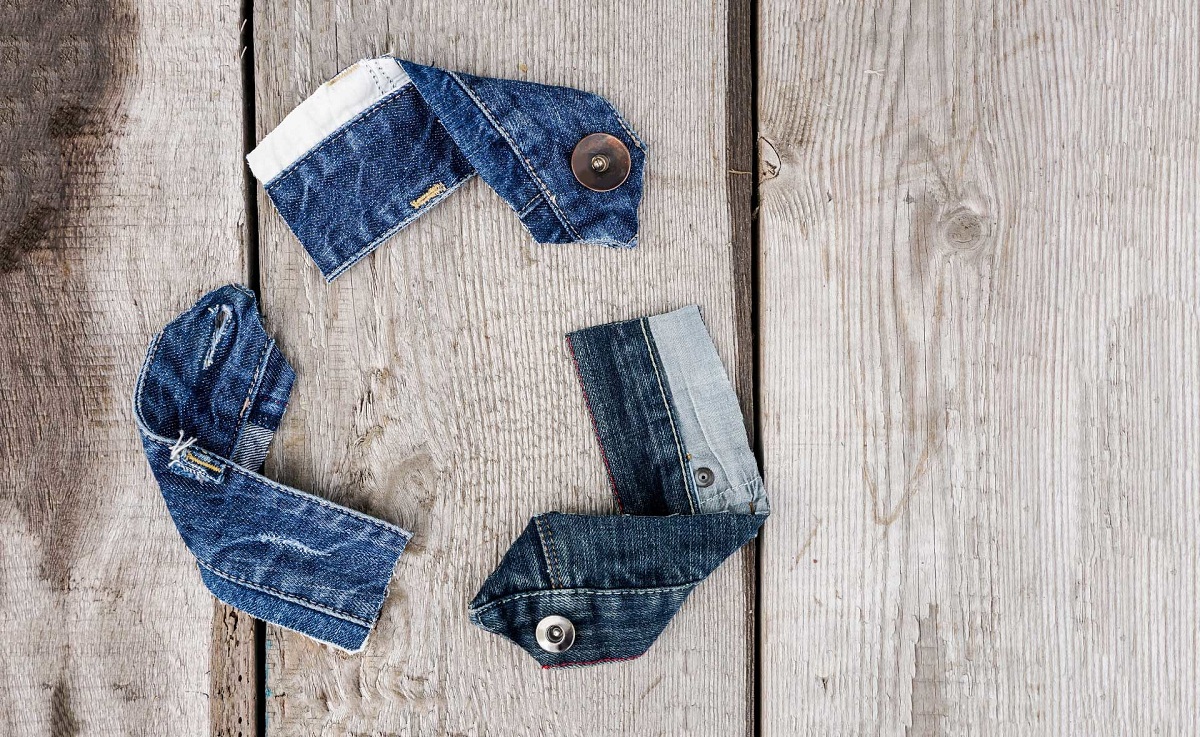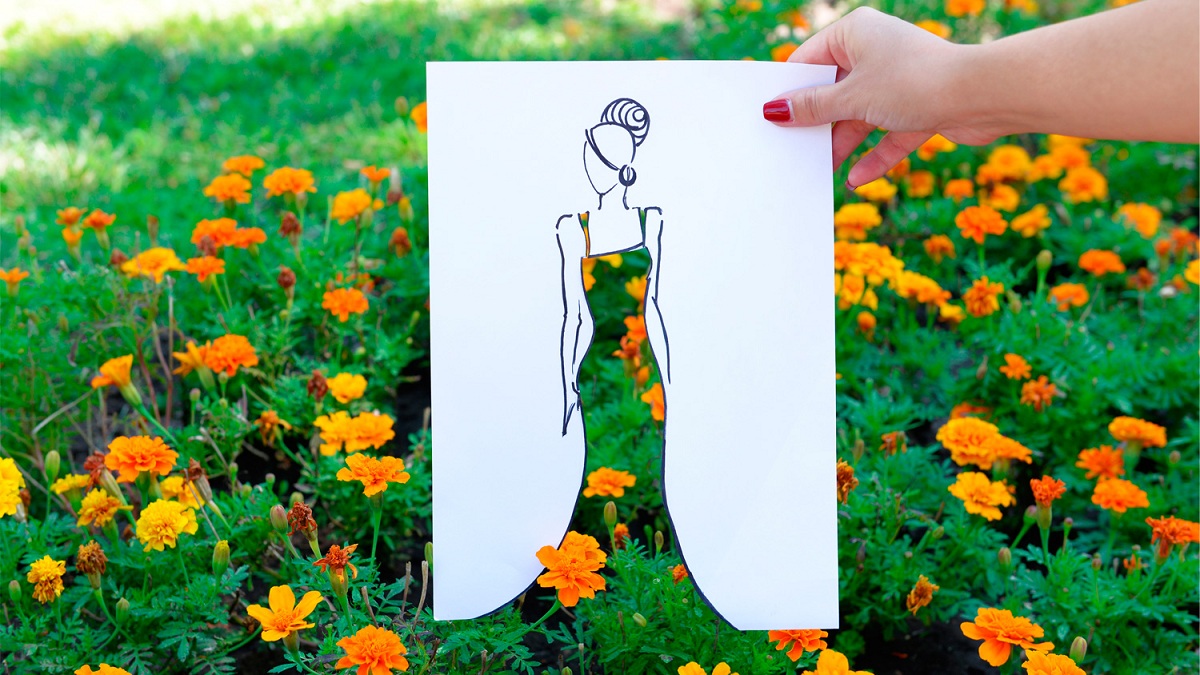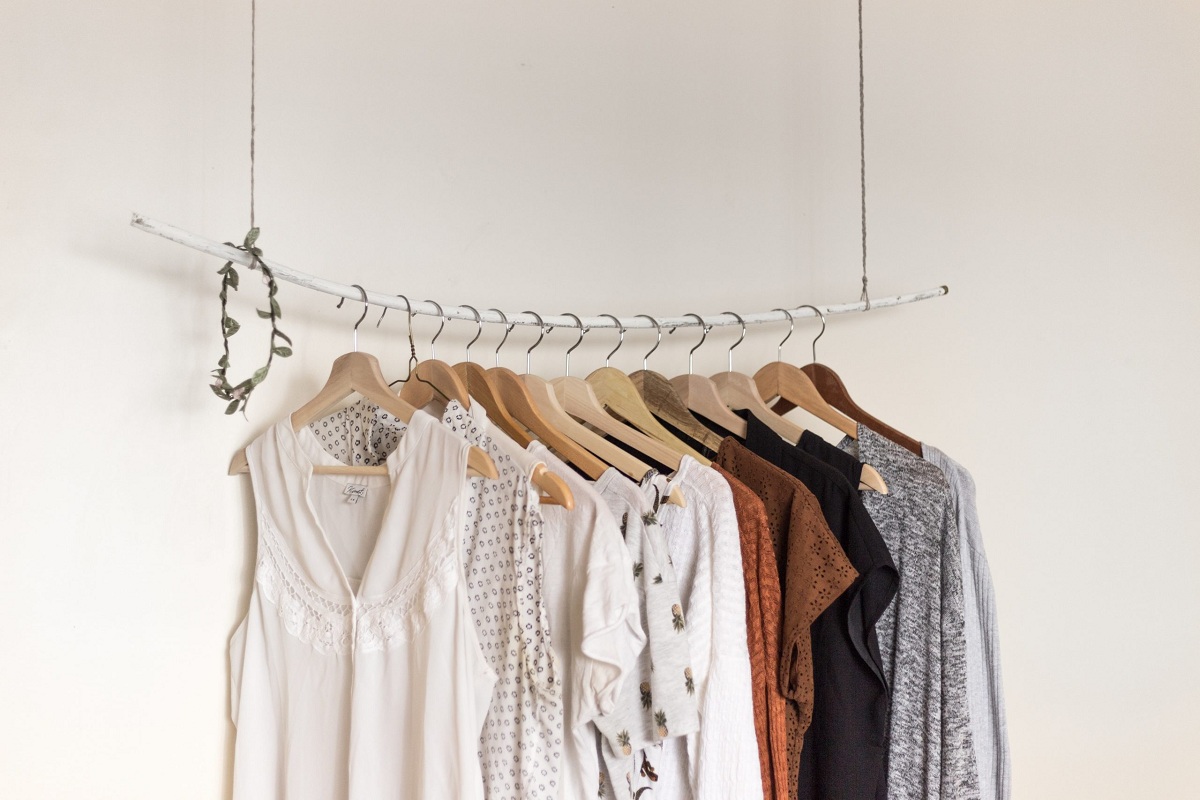
Ecolabels often come to the fore when talking about sustainable fashion, the controversies associated with production in remote factories, but an enormous effort to resolve and more and more natural fabrics free of toxic products. Fortunately, this perception is confirmed worldwide thanks to the expansion of international companies and young entrepreneurs who are giving a new twist to the concept of sustainable fashion.
For this reason, we are going to dedicate this article to telling you everything you need to know about sustainable fashion, what its characteristics and advantages are.
Sustainable fashion

The foundations of a sustainable fashion business model go through the conservation of natural resources, the low ecological impact of the materials used (which must be able to be incorporated later into the recycling chain), the reduction of the carbon footprint and respect for the economic and work environment. conditions of the workers involved from the raw material to the point of sale.
The fashion industry already boasts many renowned designers, models and celebrities who champion sustainable fashion. These include Lucy Tammam, Stella McCartney, Frock Los Angeles, Amour Vert, Edun, Stewart+Brown, Shalom Harlow and Summer Rayne Oakes.
Sustainable fashion is gradually finding its place in the industry. Also there has been a growth in the organization of competitions, festivals, classes, insertion programs, professional information in blogs and more.
For example, Portland Fashion Week, which was recently completed in the US, accommodated only 100 percent eco-friendly designs. In the Spanish capital, The Circular Project Shop was inaugurated this year in an attempt to gain a foothold in the competitive Madrid catwalk by offering sustainable clothing. The Sustainable Fashion Days have also been held in Madrid for four years. In Argentina, Verde Textil offers products with zero environmental impact and 100% social commitment, while selling online.
A case that deserves special attention is that of the Heavy Eco brand, the first fashion company to be established in prisons, producing sustainable clothing. In addition to the reintegration work of the more than 200 Estonian criminals who have worked with the company, 50% of the profits go to help homeless people and orphans in the city of Tallinn.
Sustainable fashion habits

don't buy so much
It is the most efficient way to handle the hundreds of billions of garments that are produced around the world each year. Harriet Vocking, a consultant for the sustainable strategy agency Eco-Age, recommends that we ask ourselves three questions before buying clothes: «What do we want to buy and why? What do we really need? We will use it on at least thirty different occasions”.
Invest in sustainable fashion brands
Now that we have decided to buy with more eyes, what better way to support brands that are clearly committed to being sustainable. For example, Collina Strada, Chopova Lowena or Bode use recycled materials in their designs. It also helps you filter the brands available based on the type of clothing they have on the market, whether it's sustainable sportswear like Girlfriend Collective or Indigo Luna, swimwear like Stay Wild Swim or Natasha Tonic, or denim like Outland Denim or Re/ Donate.
Don't forget vintage fashion and second-hand clothes
With platforms like The RealReal, Vestiaire Collective or Depop, shopping for vintage fashion and second-hand clothing has never been easier. Think that you will not only give a garment a second chance, but you will also help reduce the environmental impact of your wardrobe. Vintage fashion also has the great advantage that its garments are truly unique. If not, look how Rihanna or Bella Hadid looks, big fans.
Renting is also an option
When we have an atypical wedding or gala (due to COVID, of course), a more acceptable option is to rent our outfits. For example, a recent study in the UK concluded that the country buys 50 million garments every summer and wears them only once. Influence, right? There's no question that we're better off kicking this habit, especially when you consider that every second that passes is the equivalent of a truckload of textile waste burning (or ending up in a landfill).
Avoid ecoposturing

Brands have realized that we are becoming aware of our ecological footprint. That's why they often try to dive into products with ambiguous claims that can mislead or directly misrepresent the sustainability of their clothes. Don't be fooled by green gestures and don't go beyond the claims “sustainable”, “green”, “responsible” or “conscious” that you will see on many labels. Check if what they say is true.
Understand the impact of materials and fabrics firsthand
When shopping sustainably, it's important to understand the impact of the materials that shape our clothes. Roughly speaking, a good general rule is to avoid synthetic fibers such as polyester (a material that we find in 55% of the clothes we wear) because its composition involves fossil fuels and takes years to decompose. You should also pay attention to natural fabrics. For example, organic cotton uses much less water (and no pesticides) when grown than conventional cotton.
The best we can do is look for clothes with sustainable certificates to ensure that the fabrics and materials they use have limited impact on the planet: for example, the Global Organic Textile Standard for cotton and wool; Leather Working Group certificates for leather or adhesives Forest Stewardship Council certificate for rubber fibres.
Consider who makes the clothes you wear
If the pandemic has done anything, it has been to highlight the daily hardships that many workers in the textile industry go through. So it is crucial to ensure they get a living wage and have fair working conditions. Trust brands that disclose information about their wage policies, hiring and working conditions in the factory, wherever they are.
Look for brands committed to science
One way to tell if a company is genuinely interested in reducing its environmental impact is to see if it is committed to sustainable scientific standards. Brands that adhere to the platform of science-based guidance initiatives, including Burberry or Kering, the luxury industry giants behind Gucci or Bottega Veneta, are required to comply with the Paris Agreement on reducing emissions. Emissions of greenhouse gases.
Look for brands that have a positive impact on the environment
Sustainability companies like Mara Hoffman or Sheep Inc are already thinking about how they can have a positive impact on the environment in addition to reducing their impact. regenerative agriculture, champion of agricultural techniques such as direct seeding or cover crops, is gaining more and more industry support with a clear goal: to improve soil quality and protect biodiversity.
I hope that with this information you can learn more about sustainable fashion and its importance.